“The brakes are smoking!” I shouted to Duncan over the noise of screaming disc brakes as I tried to control a 75km/h speed wobble on the Alpine Way above Khancoban, near the New South Wales–Victoria border. I was doing my best to hold the tandem-trike steady with my one functioning hand while trying to let my blind stoker (the rear cyclist on a tandem bike) know what was going on. I was his eyes, he was my legs and we were more than 2000km into an adaptive human-powered journey that would take us from the continent’s lowest point to its highest.

I WAS PART of a five-person team, each with a heap of disabilities, attempting to be the first to cycle between Kati Thanda–Lake Eyre and Mt Kosciuszko, on the Lowest to Highest expedition. The team was Walter Van Praag with cystic fibrosis and only 38 per cent lung function; paraplegic Daniel Kojta who pedalled with his hands; Conrad Wansborough who lives with chronic pain after a spinal injury; legally blind Duncan Meerding; and my hemiplegic-epileptic-aphasic-self.
This ride would be the culmination of years of planning and the development of a philosophy of empowerment for people with disabilities. We were all very interested in moving away from the charity model, where people are largely pitied, to the more inclusive social model, whereby people are disabled by barriers in society not by their impairment or difference.
I have used a recumbent trike ever since being released from hospital in Liverpool in the UK in 1998 after spending an entire year there. My then girlfriend, Celia Bull, and I were climbing Tasmania’s infamous Totem Pole, a slender dolerite column at Cape Hauy, when the climbing rope dislodged a block that scythed 25m through the air smashing my skull. This traumatic brain injury resulted in hemiplegia, which is the loss of movement on one side of the body, and aphasia, an inability to comprehend or formulate language.
Denne historien er fra November - December 2018-utgaven av Australian Geographic Magazine.
Start din 7-dagers gratis prøveperiode på Magzter GOLD for å få tilgang til tusenvis av utvalgte premiumhistorier og 9000+ magasiner og aviser.
Allerede abonnent ? Logg på
Denne historien er fra November - December 2018-utgaven av Australian Geographic Magazine.
Start din 7-dagers gratis prøveperiode på Magzter GOLD for å få tilgang til tusenvis av utvalgte premiumhistorier og 9000+ magasiner og aviser.
Allerede abonnent? Logg på

SULAWESI SENSATIONS
There are worlds within worlds and marvels untold waiting to be experienced on Indonesia's remote islands.
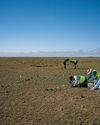
SEARCHING FOR AUSSIE DINOSAURS
Our understanding of where to find ancient life in Australia has been turned on its head by a new appreciation of the country's geology. Now the world is looking to our vast outback as the latest hotspot to locate fossils.
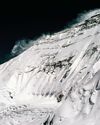
THE HARDEST NIGHT
The first Australian ascent of Mt Everest in 1984 is one of the great feats of mountaineering. Climbed by a small team semi-alpine style, with no bottled oxygen, via the Great (Norton) Couloir, it remains unrepeated 40 years later.
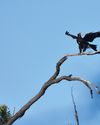
WEDGE-TAILED WONDER
The chance discovery of an eagle nest leads to an extended vigil observing normally hidden behaviours of one of nature's supreme winged marvels.
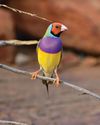
BURDENED BY BEAUTY
Northern Australia's Gouldian finch survives in huge numbers in cages around the world, but its wild population continues to struggle.
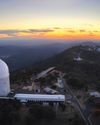
A TELESCOPE FOR A GOLDEN AGE
After a stellar 50 years as one of the country's major scientific assets, the AAT continues to play a major role in keeping Australian astronomy on the world stage.
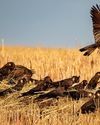
COCKY WHISPERING AT COOMALLO CREEK
This patch of remnant bush on the edge of the West Australian wheatbelt is a place loved by one of Australia's rarest bird species and the man who has studied the site for more than 50 years.

A PIONEERING PAIR
Louisa Atkinson and her mother, Charlotte, were among Australia's earliest authors, and pioneers in women's rights.
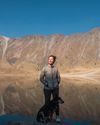
THE LONGEST WALK
Lucy Barnard is walking from Argentina to Alaska -the length of the Americas - on an extraordinary journey of endurance and adventure.
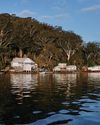
SECLUDED, BUT NOT ALONE
In an era of heightened social isolation, where many of us lead lonely lives, Dangar Island offers the chance to be part of a supportive, connected community.